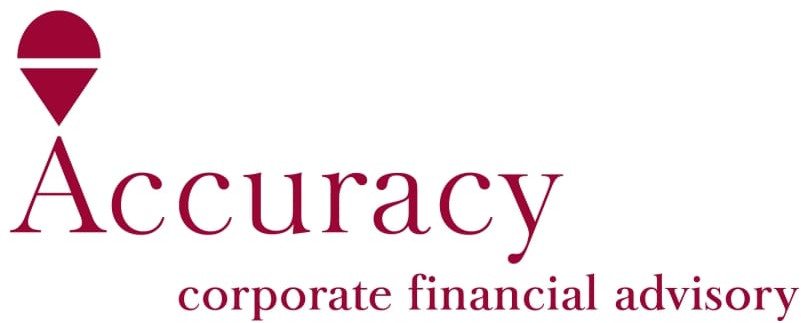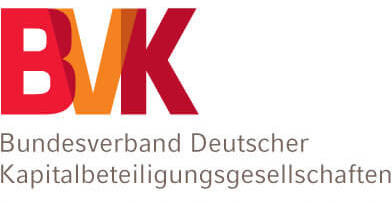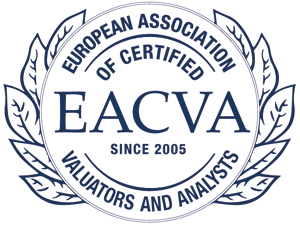NEWSLETTER of February 7, 2025
The following content has been added at finexpert:
Studies > Corporate Finance
BCG
SIX WAYS TO LINK SUSTAINABILITY AND VALUE CREATION
While not every sustainability-related investment has the potential to create value, taking full advantage of the ones that do is essential. The quantity and quality of corporate sustainability-related announcements has increased, but more than 80% fall short of best practice. Investors disproportionately reward those announcements with a clear business case—in particular those that focus on material issues and make the link to value creation. To create lasting value, companies need to focus on those sustainability investments that either accelerate the growth of free cash flows or extend their duration. >more
Studies > Corporate Finance
Deutsche Bank Research
UNTERNEHMENSANLEIHEMÄRKTE IN EUROPA: EINE STRUKTURELLE PERSPEKTIVE
The European economy needs massive investment to promote innovation and strengthen competitiveness. Although banks are the most important lenders for companies in Europe, they will hardly be able to meet this need. However, the financial markets could provide more capital, as a comparison with the USA shows. In this study, we conclude our series on the European capital markets by examining the role of debt securities. EUR 2 trillion of debt securities issued by non-financial companies are outstanding in the EU. Of this, EUR 1.7 trillion was issued within the eurozone. Within Europe, however, there are marked differences between countries. >more
Studies > Macro
World Economic Forum
CHIEF ECONOMISTS OUTLOOK: JANUARY 2025
The January 2025 Chief Economists Outlook explores key trends in the global economy, including the latest outlook for growth, inflation, monetary and fiscal policy. It discusses the impact of US policy on the global economy, investigates fragmentation trends and discusses the turbulent outlook for global trade. This series of reports draws on the individual and collective perspectives of a group of leading chief economists through consultations with the World Economic Forum’s Chief Economists Community and a regular Chief Economists Survey. >more
Studies > Macro
KfW Research
INVESTITIONSENTWICKLUNG IN DEUTSCHLAND – EINE BESTANDSAUFNAHME
Germany is at risk of being left behind internationally in terms of private and public investment. Most recently, price-adjusted corporate investment was 6.5% and residential construction investment around 13% below the level at the end of 2019. Total private sector investment was around 8% lower than before the pandemic and has also fallen significantly in an international comparison. In view of the frequently diagnosed deterioration in location conditions, this focus provides an international comparison of investment trends. In addition, reasons for the reluctance to invest in Germany are analyzed on the basis of various company surveys. Energy costs, a shortage of skilled workers and bureaucracy are at the top of the list. However, it is also striking that the overall economic development is named as the main obstacle in two out of four studies. This reduces the chances of success of a policy focused purely on supply-side structural reforms. >more
Research Papers > Corporate Finance
THE VOLATILITY PUZZLE OF THE BETA ANOMALY
Pedro Barroso, Andrew L. Detzel, and Paulo F. Maio
2024
This paper shows that leading theories of the beta anomaly fail to explain the anomaly’s conditional performance. Abnormal returns and Sharpe ratios of betting-against-beta (BAB) factors rise following months with below-median realized volatility, even controlling for mispricing, limits to arbitrage, lottery preferences, analyst disagreement, and sentiment. Moreover, the leverage constraints theory counterfactually predicts that market and BAB Sharpe ratios increase with volatility. We further show that institutional investors shift their demand from high- to low-beta stocks as volatility increases, and the resulting price impact is sufficient to explain the difference in abnormal BAB returns between high- and low-volatility states. >more
Research Papers > Risk Management
THE BEST STRATEGIES FOR FX HEDGING
Pedro Castro, Carl Hamill, John Harber, Campbell R. Harvey, and Otto Van Hemert
2025
The question of whether, when, and how to hedge foreign exchange risk has been a vexing one for investors since the end of the Bretton Woods system in 1973. Our study provides a comprehensive empirical analysis of dynamic FX hedging strategies over several decades, examining various domestic and foreign currency pairs. While traditional approaches often focus on risk mitigation, we explore the broader implications for expected returns, highlighting the interplay between hedging and strategies such as the carry trade. Our findings reveal that incorporating additional factors-such as trend (12-month FX return), value (deviation from purchasing power parity), and carry (interest rate differential) - into hedging decisions delivers significant portfolio benefits. By adopting a dynamic, active approach to FX hedging, investors can enhance returns and manage risk more effectively than with static hedged or unhedged strategies. >more













